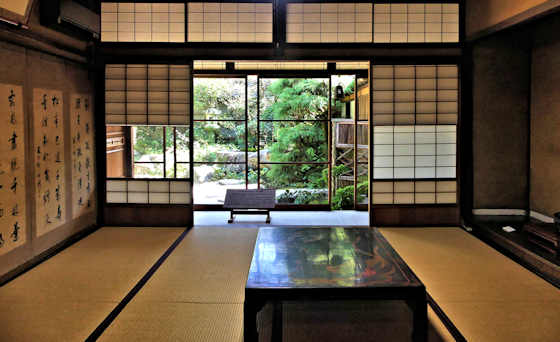Showing posts with label honjin. Show all posts
Showing posts with label honjin. Show all posts
Tuesday, January 30, 2024
Sakurai Family Samurai Mansion
Thursday, November 23, 2023
Togitsu Town
The previous post in this series on day 64 of my first walk around Kyushu was the diary of day 63.
Labels:
drainspotting,
honjin,
kyushu108,
maneki neko,
manhole,
nagasaki
Thursday, April 7, 2022
Gardens at Yakumo Honjin
Yakumo Honjin 八雲本陣
Monday, November 22, 2021
Yakumo Honjin Museum
There was the obligatory suit of samurai armour, but no swords. There was a palanqui, pictured above, and a series of lanterns.
Friday, August 13, 2021
Yakumo Honjin
Yakumo Honjin
The main building dates back to 1733, however, the property is now huge as several other Edo Period buildings that belonged to high-ranking vassals of the lord in Matsue have been reassembled here.
Labels:
Architecture,
honjin,
Izumo,
shinji
Monday, November 23, 2020
A Daimyo Garden at Hirata Honjin
Honjin were a kind of lodgings used by daimyo, feudal lords, as they travelled around their domain. They were usyually the homes of wealthy merchants or farmers who could provide the luxury that the daimyo needed.
Subscribe to:
Comments (Atom)

























































